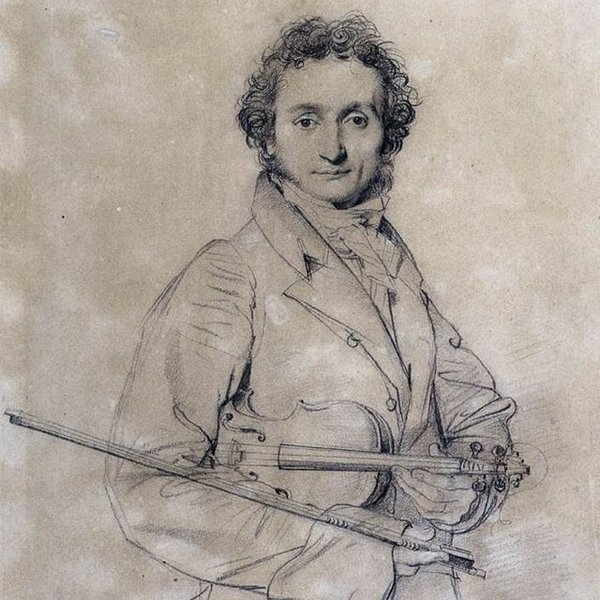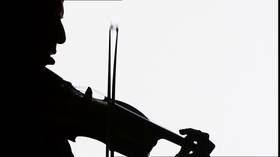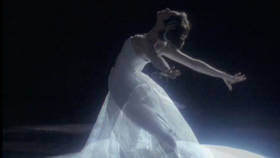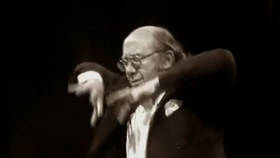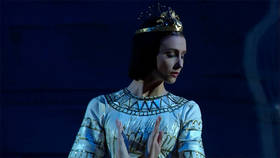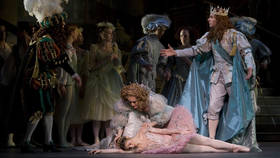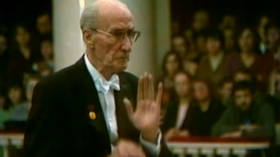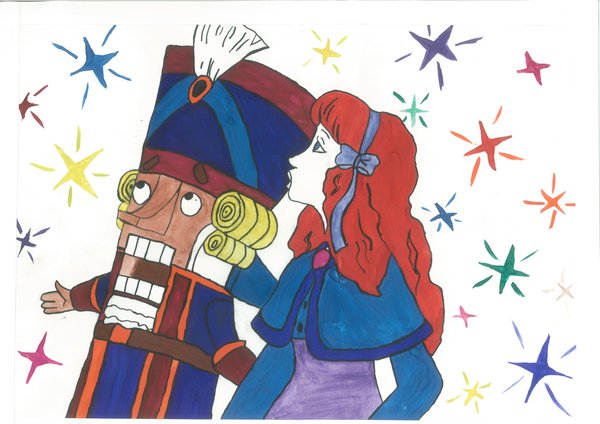Biography
Niccolò Paganini was born with the violin, like Franz Liszt with the piano. A child prodigy in the truest sense of the term, his teachers, Rolla and Paer, admitted to having never taught him a thing. A life of adventure, romantic conquests, concerts and politics, Paganini was an incredible character. In 1828 a critic wrote, "Inflamed as if by beaming electricity, he shone suddenly just as a miraculous apparition in the heaven of art". Both angel and demon, he is an emblematic figure of Romanticism.
Oscillating between poverty and riches, Niccolò Paganini left behind works reflecting his personality: virtuoso, Romantic, heterogeneous and passionate. He revolutionized writing for the violin and established techniques never known before. He generalized harmonic writing, the scordadura, (altering the violin’s tuning), left-hand pizzicato accompaniment etc. His Twenty-four Caprices demonstrate this originality.
Influential in the Romantic movement, Niccolò Paganini proposed that Berlioz should write Harold in Italy. Innovative in writing for the violin, Paganini inspired numerous generations of composers with his personality and musical themes: Franz Liszt with his Six Paganini Etudes, Robert Schumann with his opus 3 and 10, Johannes Brahms with his two series of variations on the Capriccio in A minor, Sergei Rachmaninov with the Rhapsody for piano and orchestra and Luigi Dallapiccola with his Canonica Sonata for piano. Not to mention the cinema, where the violinist-composer figure was a source of inspiration on many occasions from Albert Capellani, (1910), to Klaus Kinski, (1989).
 piano
piano
 violin
violin
 cello
cello
 voice
voice
 Gala
Gala
 medici.tv
medici.tv

